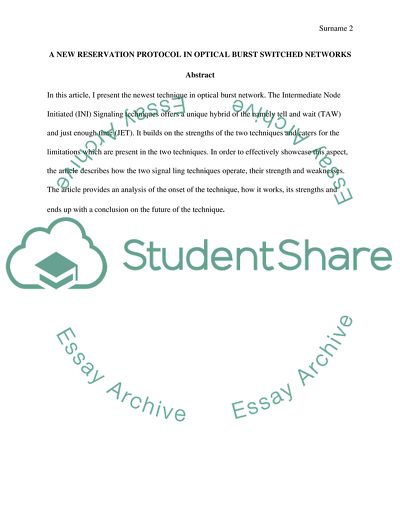Cite this document
(Analysis of a New Reservation Protocol in Optical Burst Switched Research Paper, n.d.)
Analysis of a New Reservation Protocol in Optical Burst Switched Research Paper. https://studentshare.org/information-technology/1761876-a-new-reservation-protocol-in-optical-burst-switched-networks
Analysis of a New Reservation Protocol in Optical Burst Switched Research Paper. https://studentshare.org/information-technology/1761876-a-new-reservation-protocol-in-optical-burst-switched-networks
(Analysis of a New Reservation Protocol in Optical Burst Switched Research Paper)
Analysis of a New Reservation Protocol in Optical Burst Switched Research Paper. https://studentshare.org/information-technology/1761876-a-new-reservation-protocol-in-optical-burst-switched-networks.
Analysis of a New Reservation Protocol in Optical Burst Switched Research Paper. https://studentshare.org/information-technology/1761876-a-new-reservation-protocol-in-optical-burst-switched-networks.
“Analysis of a New Reservation Protocol in Optical Burst Switched Research Paper”. https://studentshare.org/information-technology/1761876-a-new-reservation-protocol-in-optical-burst-switched-networks.


